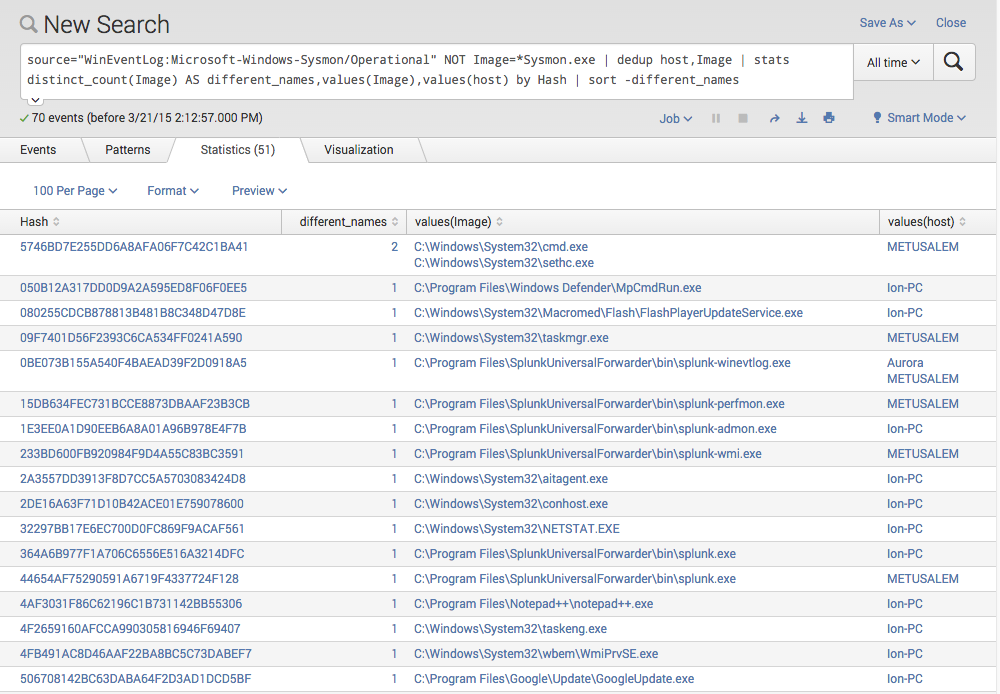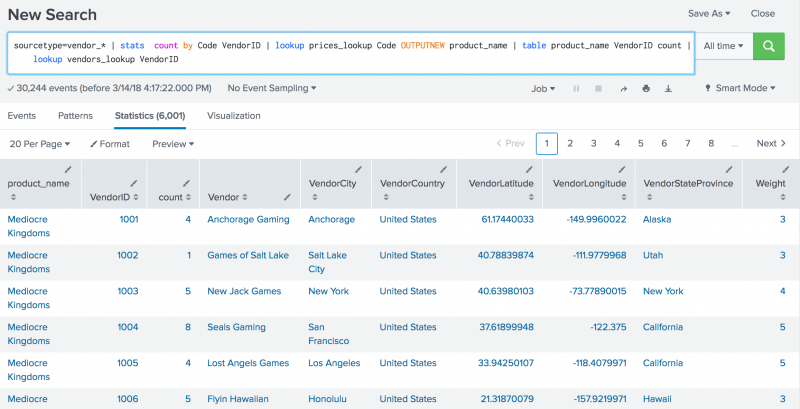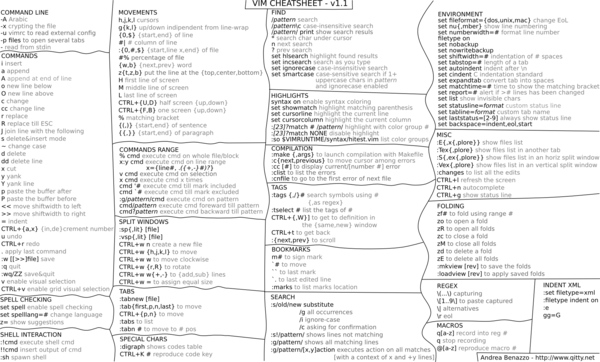- Splunk Query Examples
- Splunk Cheat Sheet Pdf
- Splunk Query Language Cheat Sheet Examples
- Splunk Query Language Cheat Sheet Download
GoSplunk is a place to find and post queries for use with Splunk. Find user submitted queries or register to submit your own. Introduction to Splunk Commands. Splunk is one of the popular software for some search, special monitoring or performing analyze on some of the generated big data by using some of the interfaces defined in web style. Splunk Commands is mainly used for capturing some of the indexes and correlate them with available real-time data and hold in one of the searchable repositories.
This article is intended to assist users who are familiar with Splunk learn the Kusto Query Language to write log queries with Kusto. Direct comparisons are made between the two to highlight key differences and similarities, so you can build on your existing knowledge.
Structure and concepts
The following table compares concepts and data structures between Splunk and Kusto logs:
| Concept | Splunk | Kusto | Comment |
|---|---|---|---|
| deployment unit | cluster | cluster | Kusto allows arbitrary cross-cluster queries. Splunk does not. |
| data caches | buckets | caching and retention policies | Controls the period and caching level for the data. This setting directly affects the performance of queries and the cost of the deployment. |
| logical partition of data | index | database | Allows logical separation of the data. Both implementations allow unions and joining across these partitions. |
| structured event metadata | N/A | table | Splunk doesn't expose the concept of event metadata to the search language. Kusto logs have the concept of a table, which has columns. Each event instance is mapped to a row. |
| data record | event | row | Terminology change only. |
| data record attribute | field | column | In Kusto, this setting is predefined as part of the table structure. In Splunk, each event has its own set of fields. |
| types | datatype | datatype | Kusto data types are more explicit because they're set on the columns. Both have the ability to work dynamically with data types and roughly equivalent set of datatypes, including JSON support. |
| query and search | search | query | Concepts essentially are the same between Kusto and Splunk. |
| event ingestion time | system time | ingestion_time() | In Splunk, each event gets a system timestamp of the time the event was indexed. In Kusto, you can define a policy called ingestion_time that exposes a system column that can be referenced through the ingestion_time() function. |
Functions
The following table specifies functions in Kusto that are equivalent to Splunk functions.

| Splunk | Kusto | Comment |
|---|---|---|
strcat | strcat() | (1) |
split | split() | (1) |
if | iff() | (1) |
tonumber | todouble()tolong()toint() | (1) |
upperlower | toupper()tolower() | (1) |
replace | replace() | (1) Also note that although replace() takes three parameters in both products, the parameters are different. |
substr | substring() | (1) Also note that Splunk uses one-based indices. Kusto notes zero-based indices. |
tolower | tolower() | (1) |
toupper | toupper() | (1) |
match | matches regex | (2) |
regex | matches regex | In Splunk, regex is an operator. In Kusto, it's a relational operator. |
searchmatch | In Splunk, searchmatch allows searching for the exact string. | |
random | rand() rand(n) | Splunk's function returns a number between zero to 231-1. Kusto's returns a number between 0.0 and 1.0, or if a parameter is provided, between 0 and n-1. |
now | now() | (1) |
relative_time | totimespan() | (1) In Kusto, Splunk's equivalent of relative_time(datetimeVal, offsetVal) is datetimeVal + totimespan(offsetVal).For example, search | eval n=relative_time(now(), '-1d@d') becomes ... | extend myTime = now() - totimespan('1d'). |
(1) In Splunk, the function is invoked by using the eval operator. In Kusto, it's used as part of extend or project.
(2) In Splunk, the function is invoked by using the eval operator. In Kusto, it can be used with the where operator.
Operators
The following sections give examples of how to use different operators in Splunk and Kusto.
Note
In the following examples, the Splunk field rule maps to a table in Kusto, and Splunk's default timestamp maps to the Logs Analytics ingestion_time() column.
Search
In Splunk, you can omit the search keyword and specify an unquoted string. In Kusto, you must start each query with find, an unquoted string is a column name, and the lookup value must be a quoted string.
| Product | Operator | Example |
|---|---|---|
| Splunk | search | search Session.Id='c8894ffd-e684-43c9-9125-42adc25cd3fc' earliest=-24h |
| Kusto | find | find Session.Id'c8894ffd-e684-43c9-9125-42adc25cd3fc' and ingestion_time()> ago(24h) |
Filter
Kusto log queries start from a tabular result set in which filter is applied. In Splunk, filtering is the default operation on the current index. You also can use the where operator in Splunk, but we don't recommend it.
| Product | Operator | Example |
|---|---|---|
| Splunk | search | Event.Rule='330009.2' Session.Id='c8894ffd-e684-43c9-9125-42adc25cd3fc' _indextime>-24h |
| Kusto | where | Office_Hub_OHubBGTaskError| where Session_Id 'c8894ffd-e684-43c9-9125-42adc25cd3fc' and ingestion_time() > ago(24h) |
Get n events or rows for inspection

Kusto log queries also support take as an alias to limit. In Splunk, if the results are ordered, head returns the first n results. In Kusto, limit isn't ordered, but it returns the first n rows that are found.
| Product | Operator | Example |
|---|---|---|
| Splunk | head | Event.Rule=330009.2| head 100 |
| Kusto | limit | Office_Hub_OHubBGTaskError| limit 100 |

Get the first n events or rows ordered by a field or column
For the bottom results, in Splunk, you use tail. In Kusto, you can specify ordering direction by using asc.
| Product | Operator | Example |
|---|---|---|
| Splunk | head | Event.Rule='330009.2'| sort Event.Sequence| head 20 |
| Kusto | top | Office_Hub_OHubBGTaskError| top 20 by Event_Sequence |
Extend the result set with new fields or columns
Splunk has an eval function, but it's not comparable to the eval operator in Kusto. Both the eval operator in Splunk and the extend operator in Kusto support only scalar functions and arithmetic operators.
| Product | Operator | Example |
|---|---|---|
| Splunk | eval | Event.Rule=330009.2| eval state= if(Data.Exception = '0', 'success', 'error') |
| Kusto | extend | Office_Hub_OHubBGTaskError| extend state = iif(Data_Exception 0,'success' ,'error') |
Rename
Kusto uses the project-rename operator to rename a field. In the project-rename operator, a query can take advantage of any indexes that are prebuilt for a field. Splunk has a rename operator that does the same.
| Product | Operator | Example |
|---|---|---|
| Splunk | rename | Event.Rule=330009.2| rename Date.Exception as execption |
| Kusto | project-rename | Office_Hub_OHubBGTaskError| project-rename exception = Date_Exception |
Splunk Query Examples
Format results and projection
Splunk doesn't appear to have an operator that's similar to project-away. You can use the UI to filter out fields.
| Product | Operator | Example |
|---|---|---|
| Splunk | table | Event.Rule=330009.2| table rule, state |
| Kusto | projectproject-away | Office_Hub_OHubBGTaskError| project exception, state |
Aggregation
See the list of aggregations functions that are available.
| Product | Operator | Example |
|---|---|---|
| Splunk | stats | search (Rule=120502.*)| stats count by OSEnv, Audience |
| Kusto | summarize | Office_Hub_OHubBGTaskError| summarize count() by App_Platform, Release_Audience |
Join
join in Splunk has substantial limitations. The subquery has a limit of 10,000 results (set in the deployment configuration file), and a limited number of join flavors are available.
| Product | Operator | Example |
|---|---|---|
| Splunk | join | Event.Rule=120103* | stats by Client.Id, Data.Alias| join Client.Id max=0 [search earliest=-24h Event.Rule='150310.0' Data.Hresult=-2147221040] |
| Kusto | join | cluster('OAriaPPT').database('Office PowerPoint').Office_PowerPoint_PPT_Exceptions| where Data_Hresult -2147221040| join kind = inner (Office_System_SystemHealthMetadata| summarize by Client_Id, Data_Alias)on Client_Id |
Splunk Cheat Sheet Pdf
Sort
In Splunk, to sort in ascending order, you must use the reverse operator. Kusto also supports defining where to put nulls, either at the beginning or at the end.
| Product | Operator | Example |
|---|---|---|
| Splunk | sort | Event.Rule=120103| sort Data.Hresult| reverse |
| Kusto | order by | Office_Hub_OHubBGTaskError| order by Data_Hresult, desc |
Multivalue expand
The multivalue expand operator is similar in both Splunk and Kusto.
| Product | Operator | Example |
|---|---|---|
| Splunk | mvexpand | mvexpand solutions |
| Kusto | mv-expand | mv-expand solutions |
Result facets, interesting fields
In Log Analytics in the Azure portal, only the first column is exposed. All columns are available through the API.
| Product | Operator | Example |
|---|---|---|
| Splunk | fields | Event.Rule=330009.2| fields App.Version, App.Platform |
| Kusto | facets | Office_Excel_BI_PivotTableCreate| facet by App_Branch, App_Version |
Deduplicate
In Kusto, you can use summarize arg_min() to reverse the order of which record is chosen.
| Product | Operator | Example |
|---|---|---|
| Splunk | dedup | Event.Rule=330009.2| dedup device_id sortby -batterylife |
| Kusto | summarize arg_max() | Office_Excel_BI_PivotTableCreate| summarize arg_max(batterylife, *) by device_id |
Splunk Query Language Cheat Sheet Examples
Next steps
Splunk Query Language Cheat Sheet Download
- Walk through a tutorial on the Kusto Query Language.
